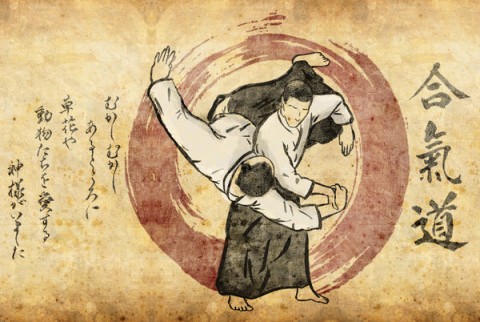I've never even played flag football. But my understanding, after reading some excellent writers opine on the subject, is that the Seahawks' Defense is indeed that simple and predictable. And its excellence is made possible by the Big Five (Thomas, Chancellor, Sherman, Wagner and Wright). Each of them does his job so well that everyone else on the team can narrow his focus and dominate his contests.
Remember Byron Maxwell, who got four interceptions in 2013 in only 5 starts? Those interceptions were a direct result of QB's not wanting to throw to Sherman, and since everyone on the field knew the QB was loathe to throw Sherman's way, Maxwell 'only' had to stay on his assignment's hip and keep his eyes on the QB. Do that, and he can ball hawk all day long--which he did. The league adjusted to him in 2014 when he was a full-time starter, but his success came from everyone else locking down their parts of the field and letting him attack, attack, attack on the balls of his feet.
My understanding on Chancellor is that Strong Safeties tend to break down a few years earlier than Free Safeties, so he's got that working against him. But I've also seen studies of top-tier SS that show they don't really stop being above average until their early thirties. The worry with Chancellor (as I understand it) has always been that his style of play is so extremely physical that, like a bellcow RB, one day he'll turn into a pumpkin and that'll be that.
One thing on the D-line that I don't think gets enough mention. Brandon Mebane was not the best DT in the game--he wasn't even top 10. But he was, essentially, a Nose Tackle for a 3-4 system, which meant he was big, immovable, and could reliably close off even against double teams by interior linemen in the run game. The downside was that he had close to zero pass rushing ability (thus the immortal gif of his belly roll after he recorded a sack). Richardson grades extremely well in the run game (he was #5 among DT's last year or the year before, I forget which), but he's not a Nose Tackle like Mebane was (and even though Mebane was in Seattle's quasi-4-3 scheme, they basically played him like he was a 3-4 NT). I don't know what effect that will have on the run defense, but it's going to make a difference somehow. I'm just not educated enough to predict what that impact will look like.
